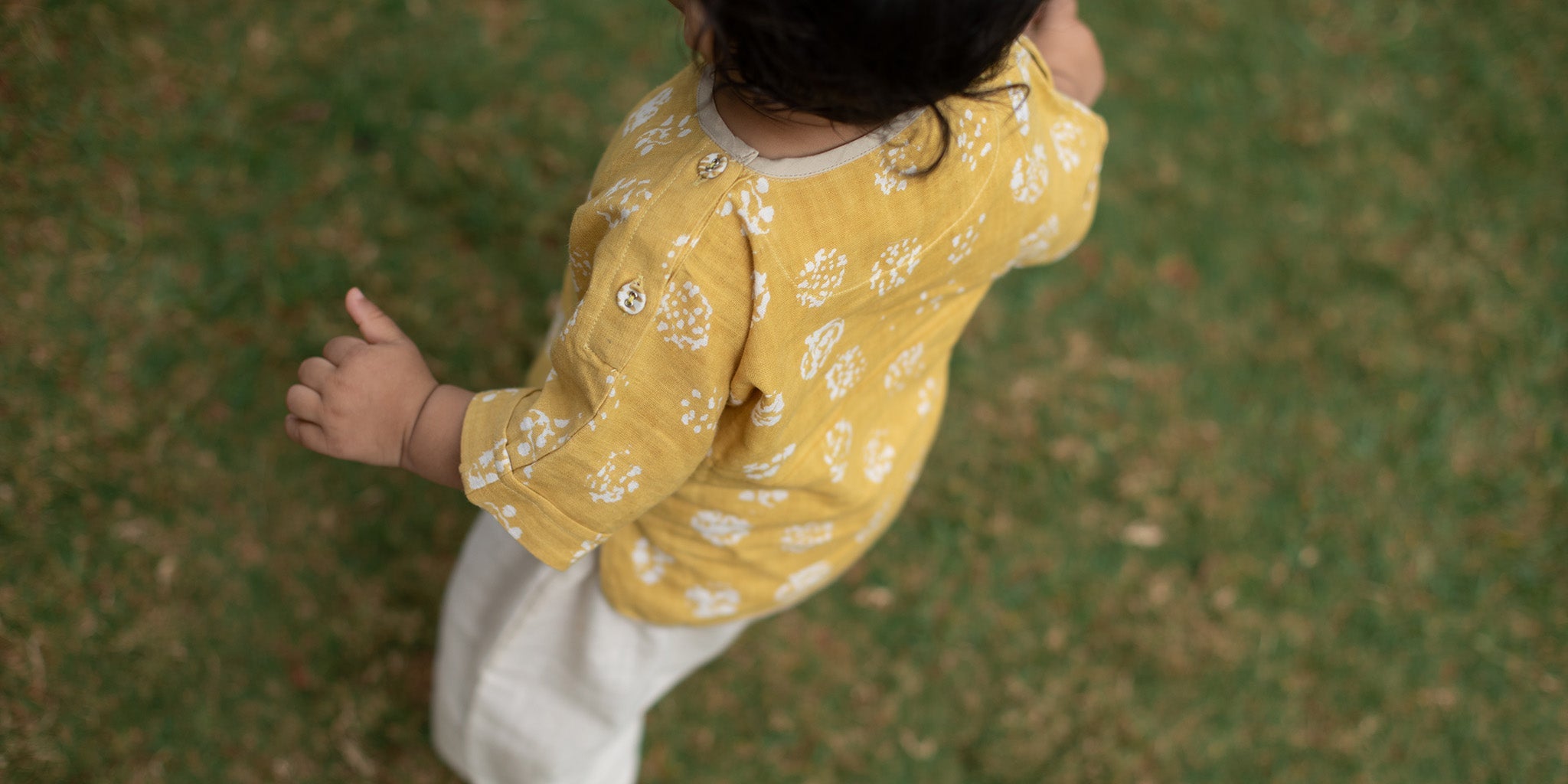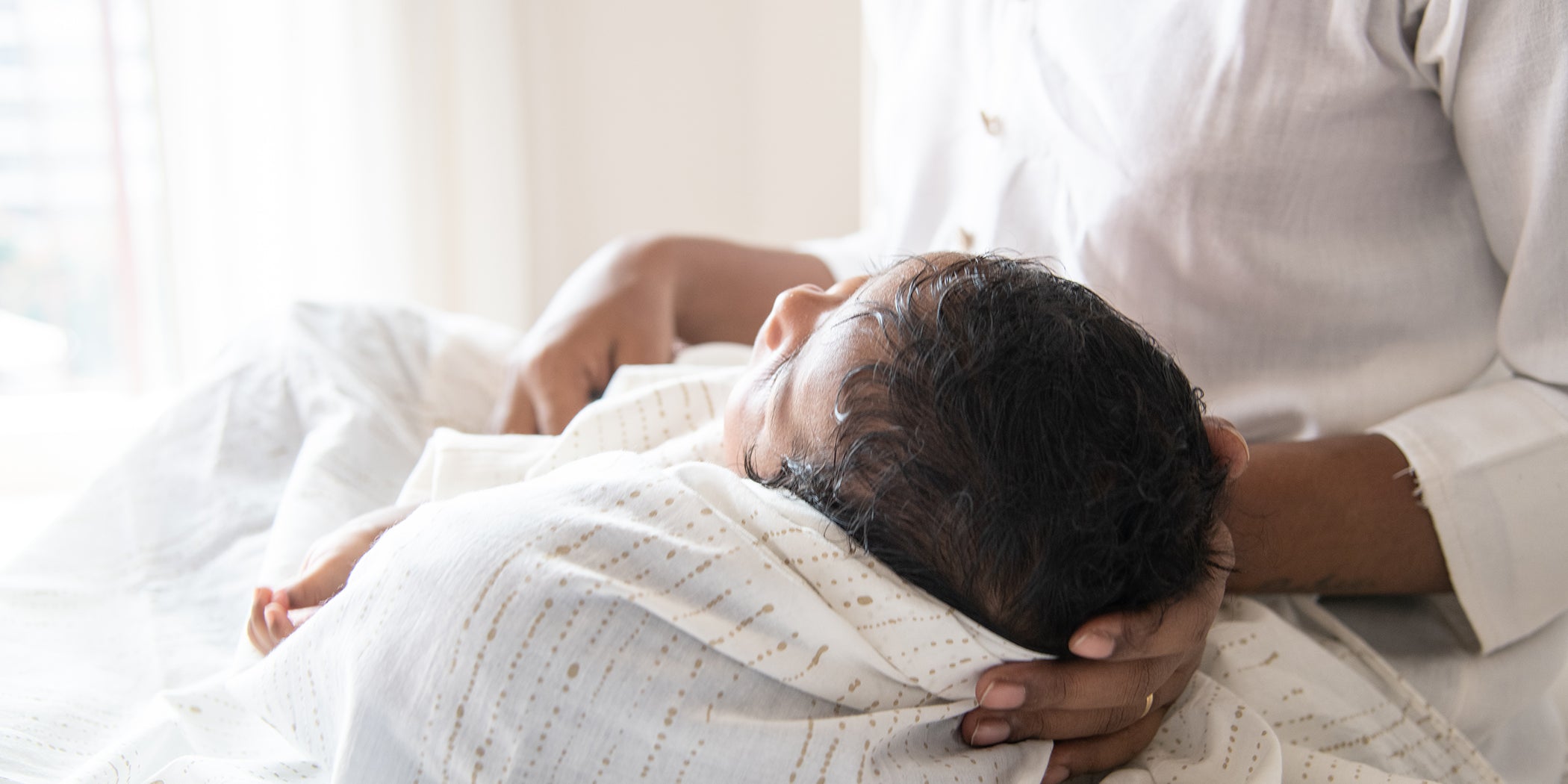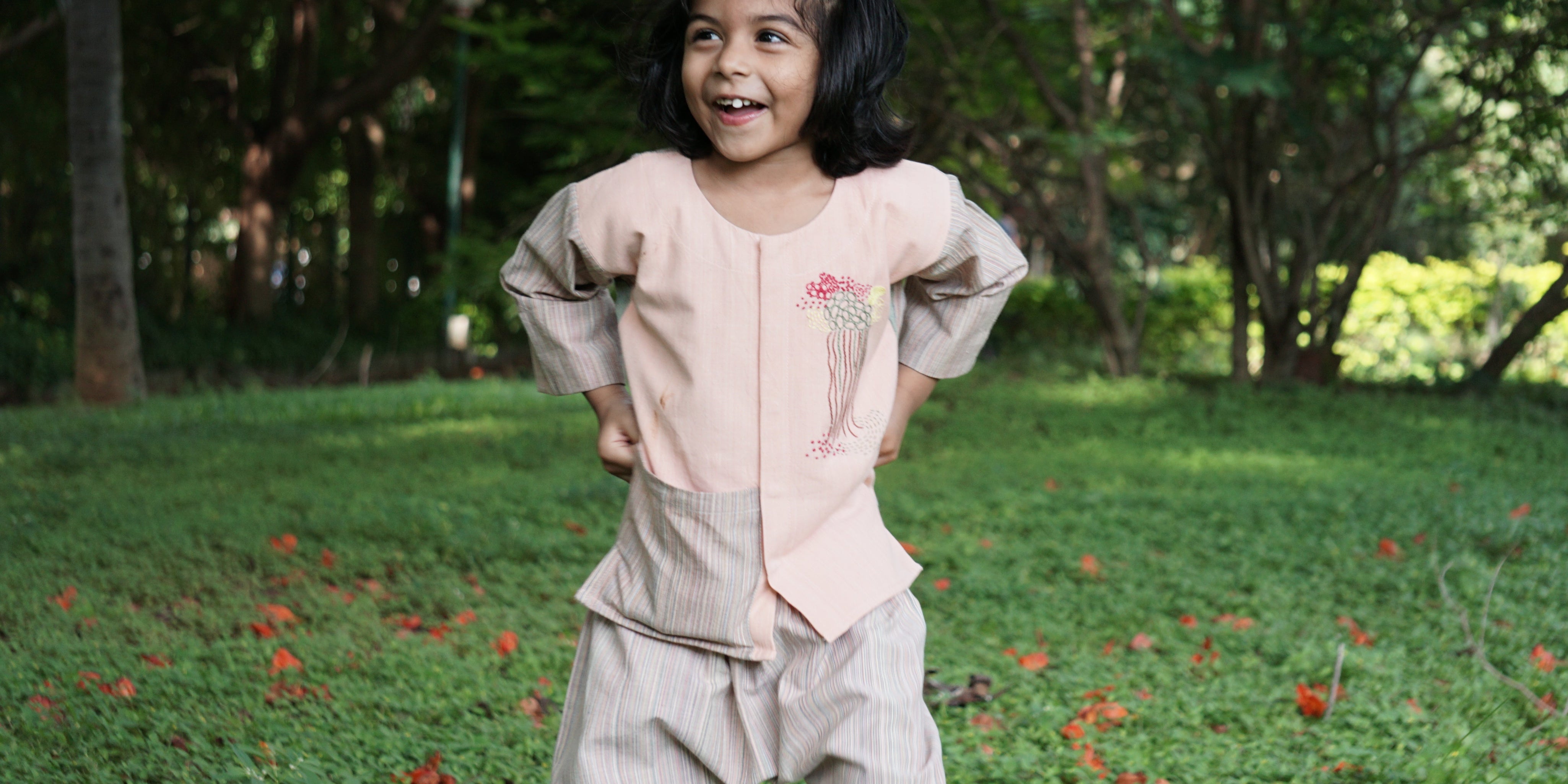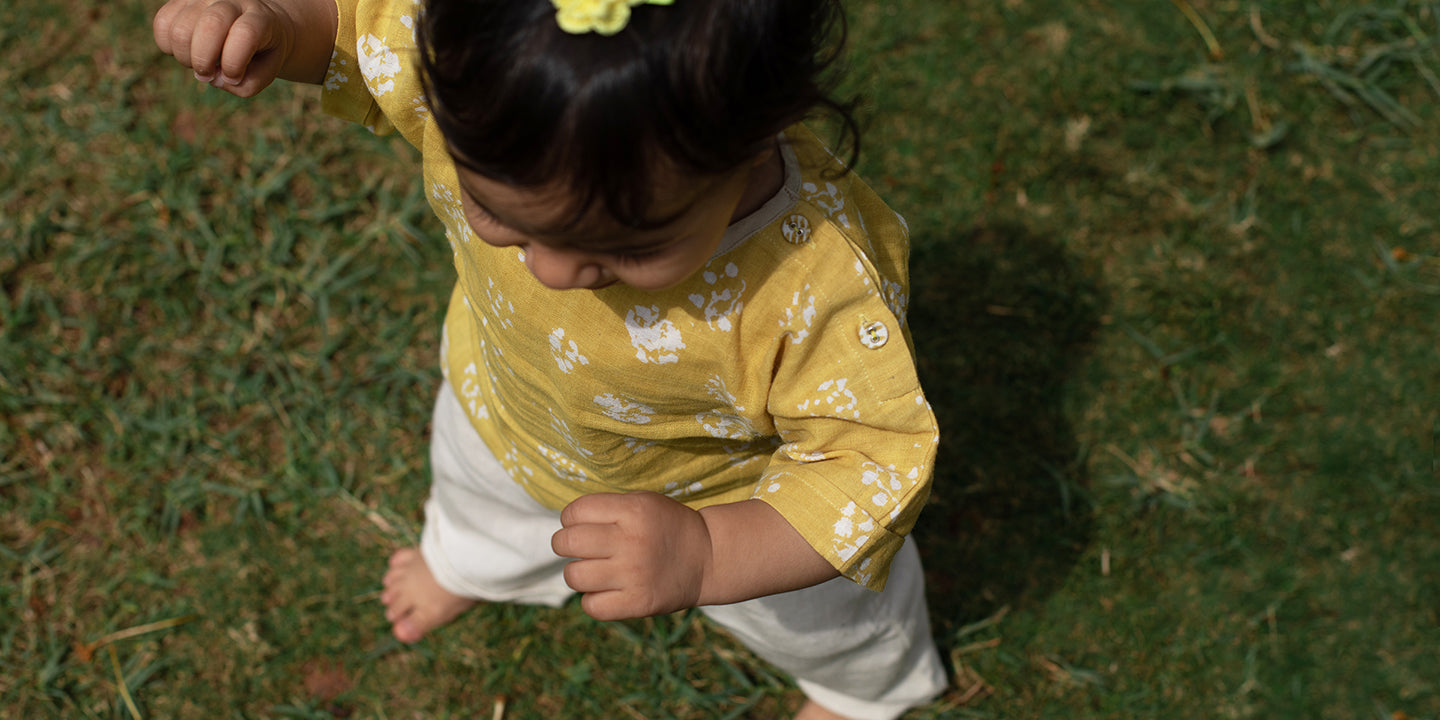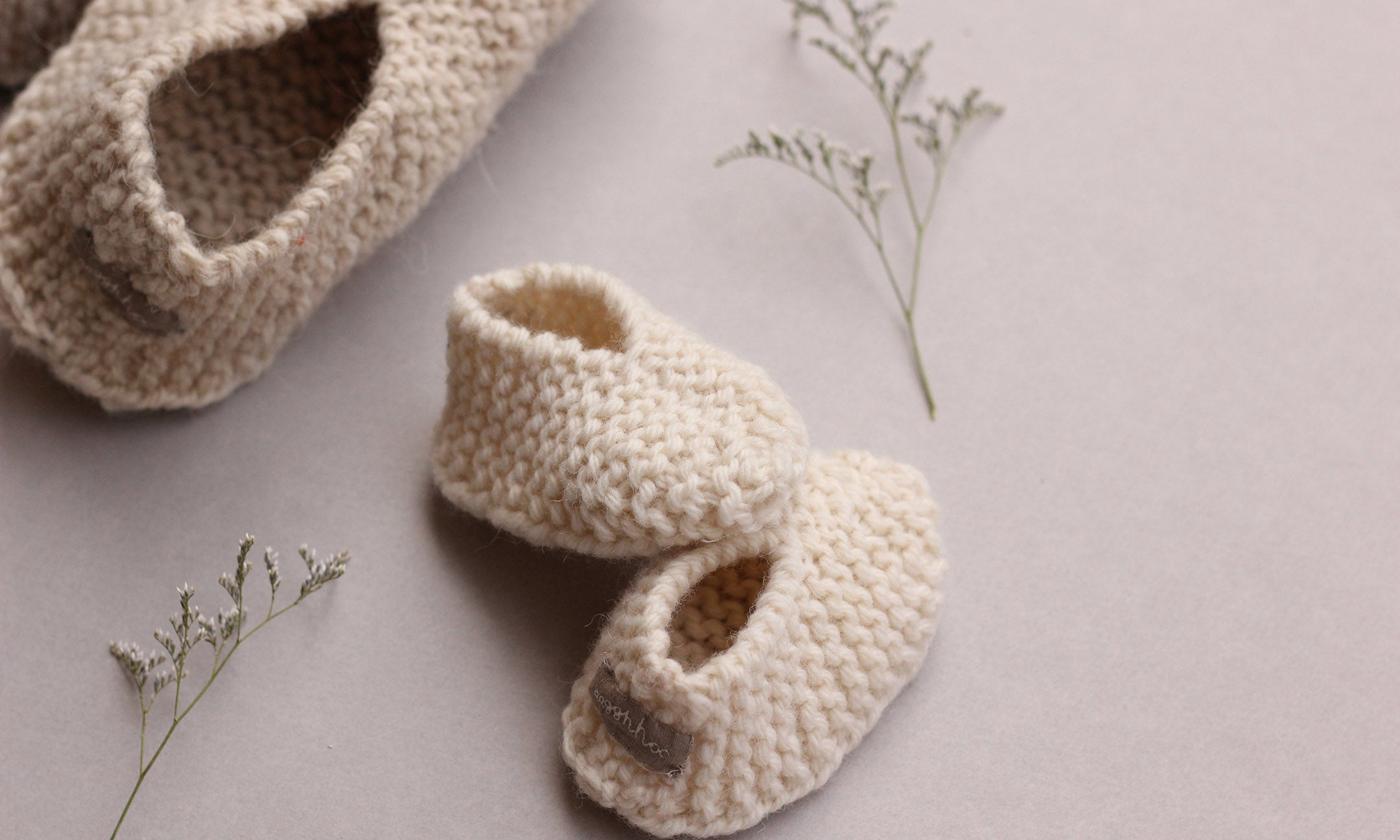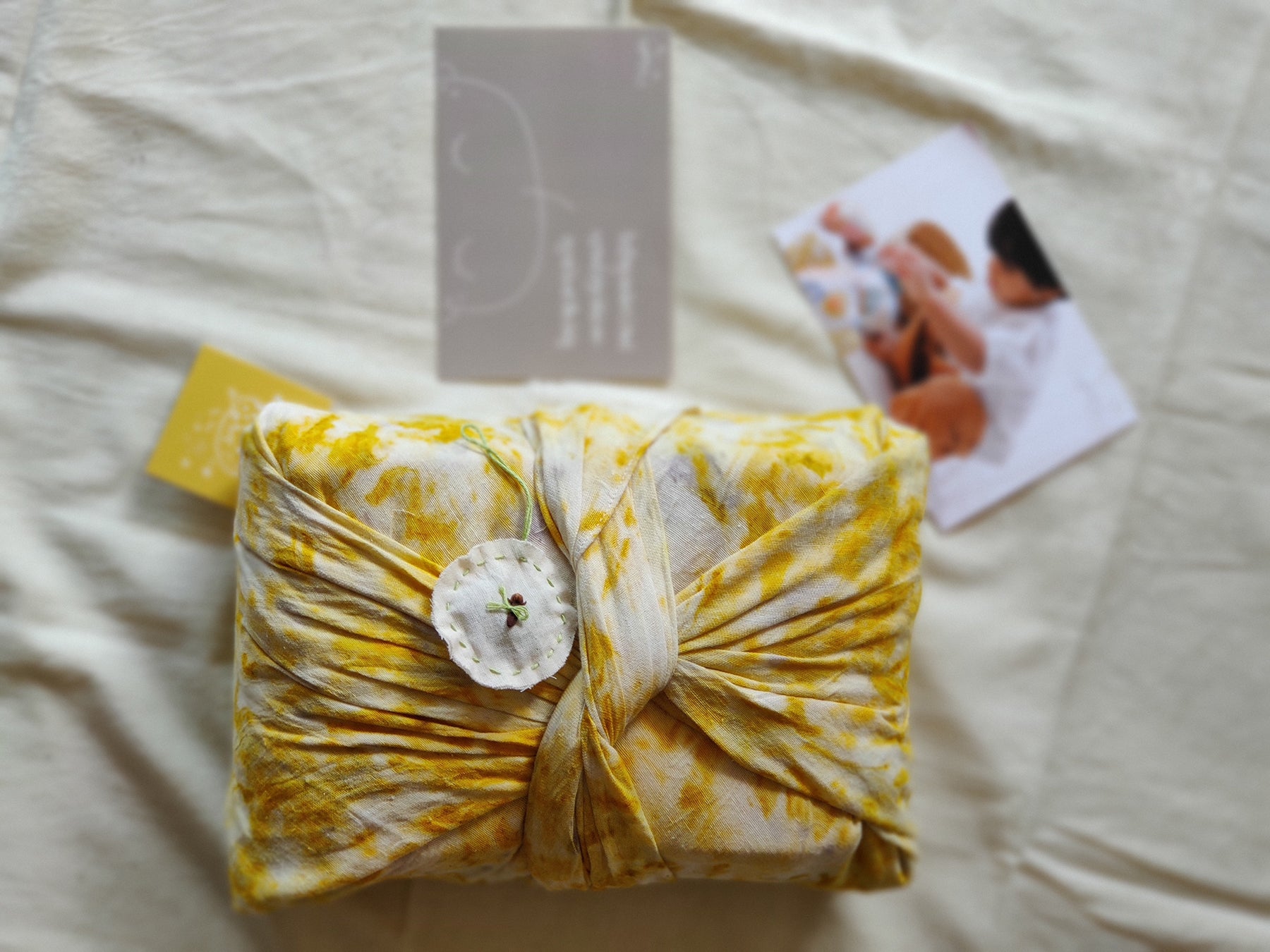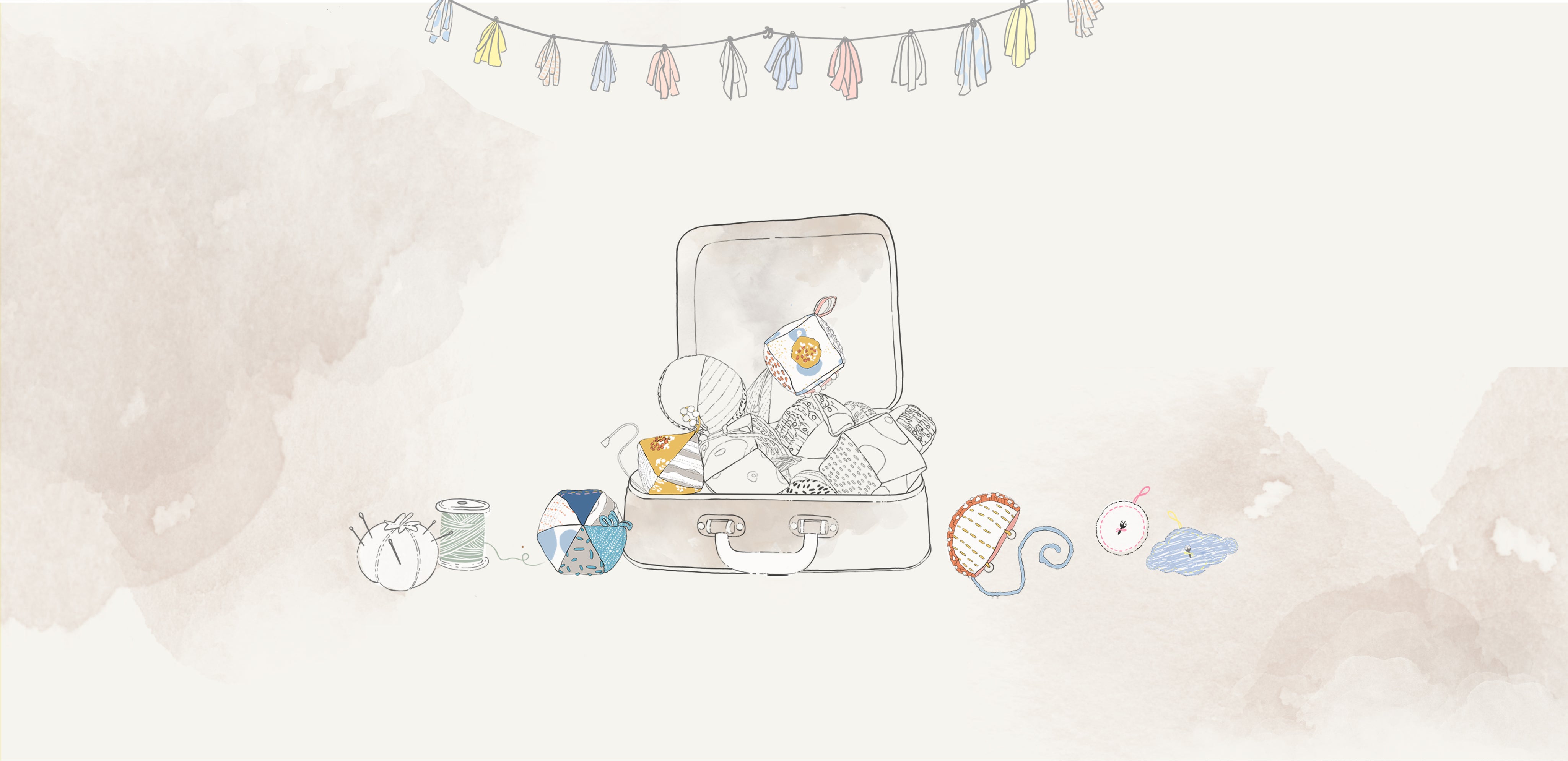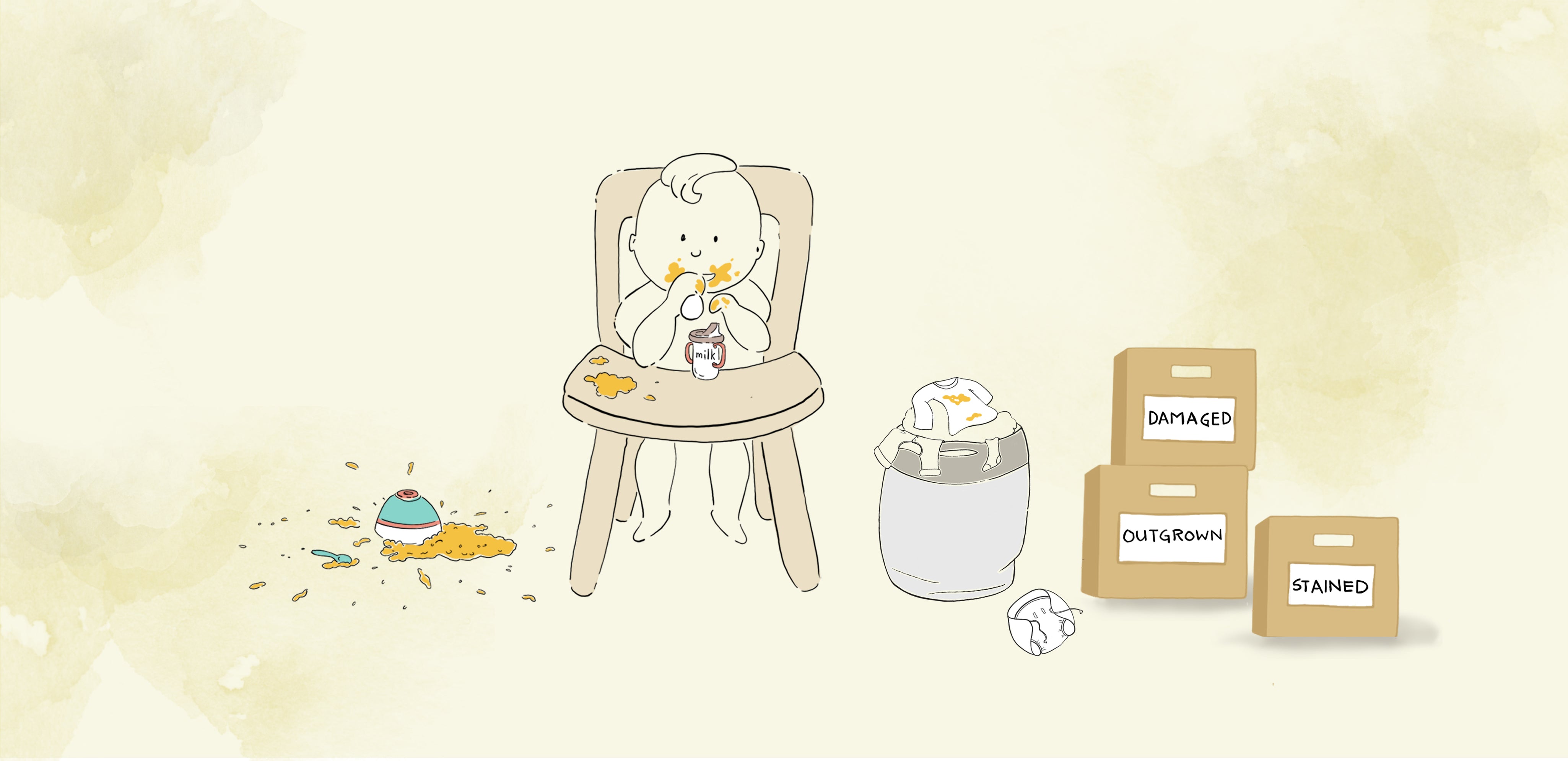Conscious parenting can be a lot more fun.
We get to think out of the box solutions, literally with any material. Living waste free everyday doesn't need to be preachy and that's what we wanted to share with everyone here. In our studio we embraced a waste free lifestyle, handled it creatively, looked through a child’s mind, honoured every little strand of thread and shreds that come out of our making process. We choose to be frugal and decided to follow a disruptive approach and not to waste an inch of our handmade fabrics.
‘Waste free Lifestyle’ revolves around the value system of - Refuse, Reduce, Reuse, Recycle, Rethink, Repair, Repurpose. Zero waste practices even in products like early learning, helps kids to develop a balanced relationship with materials around them. It is part of this system that ultimately leads to educating our kids about the true value of products. This will lead to a future smart, more conscious behaviours where our kids will not only be deep thinkers but also makers for lifetime. At Aagghhoo, we practice the philosophy under two brad buckets; ‘Made to last & Encourage Repurpose’ + ‘Upcycle and Reuse’.

Made to Last
The practice of our philosophy started on our own design tables. We design our products that are intentionally less wasteful during production planning.
One of our most difficult challenges, this leads us to create minimal, simple and timeless silhouettes that involve lesser cut and sew and more connected designs. If you notice our clothing range, they are pretty much seamless with very few stitch lines. That was our first moniker of success leading to at least 200% lesser wastage than conventional designs. This design principle played an important role in every style we have designed.
Interestingly this also connected well with our other principles; our products are designed for longevity, the colours are gender neutral and we encourage clothes being passed on from one baby to another.
Upcycling
Repurposing or upcycling is an approach to manage excess/waste, where you transform by-products into something new and of better quality + greater value. We discovered that we could easily replace metal or plastic in our construction with replacement accessories made out of fabrics. So we decided to combine textile art skills with a little bit of design thinking and created perfect zero waste toys, bug chasers, accessories, decor elements, space products and even paper and fabric waste pulp products.
Happy Jingles is the first of its kind sensorial zero waste toys from Aagghhoo. The product is designed around the various tactile, sound and visual stimuli a baby needs from 0+ month onwards and goes a long way till they start understanding the basics of 3-D geometric forms.
Making Happy Jingles turned out to be a very mindful and meditative process. Playing with fabrics, making and testing textures, working on the basic geometric forms - reimagining childhood experiences was definitely worth the try.
Why do we feel it's important ?
By using materials that already exist, you are saving energy, water, time and many other resources that are required to make a new raw material. Each fabric is made by weavers who painstakingly spend every day of their life to make beautiful fabrics. So why waste even an inch of it?
- Repurposing is a far more complex process. It's definitely more challenging to put together an uneven shape of fabrics and plan something new. Taking care of excess is only a part of our solution, separating our own fabric waste is step two and then we plan what all can be possibly made with it.
- Output turns out to be more value and skill driven. Value that we build during the process of hand embroidery, planning intriguing textures, forms and overall functioning of the product. This way we encourage and employ new skill sets.

Growing up with Value based products
Children should know what goes into the making of a simple natural repurposed toy that they have been using. A new way of looking at form and humane textures and unlearn smooth plastic surfaces.
Children have a great sense of innovation, they are foragers, thinkers and makers of the most ground breaking ideas. Involving them as users is a perfect way to nudge.



